Picture this: you’ve just invested in life-changing dental implants, and you’re eager to get back to your regular workout routine. But wait—should you hit the gym tomorrow, or could that intense spin class actually harm your healing implants? If you’re wondering about exercise after dental implants, you’re asking exactly the right question at exactly the right time.
Your journey to a confident smile doesn’t end when you leave the dental office. In fact, how you approach physical activity in the weeks following your implant surgery can significantly impact your healing process and long-term success. The good news? With the right guidance, you can safely return to the activities you love while ensuring your new implants integrate perfectly with your jawbone.
Key Takeaways
- Wait 48-72 hours before resuming any physical activity after dental implant surgery
- Light activities like walking can begin within a few days, while intense exercise should wait 1-2 weeks
- Avoid activities that increase blood pressure or risk facial impact for the first week
- Listen to your body and follow your dentist’s specific recommendations for your situation
- Gradual progression is key—rushing back too quickly can compromise healing and implant success
Understanding the Healing Process After Dental Implant Surgery
When you receive dental implants, your body begins an incredible healing journey called osseointegration. This process involves your jawbone growing around and fusing with the titanium implant, creating a stable foundation for your new tooth. Think of it as your bone literally welcoming your implant as part of your natural anatomy.
During the first 24-48 hours after surgery, your body focuses on forming blood clots and beginning the initial healing response. This is when your implant site is most vulnerable to disruption. Any activity that significantly increases your heart rate and blood pressure can potentially dislodge these crucial blood clots, leading to complications like dry socket or delayed healing.
The first week is critical for establishing proper healing patterns. Your body is working overtime to reduce inflammation, fight off potential infection, and begin the bone remodeling process. This is why your Dallas dental team emphasizes taking it easy during this initial period—you’re literally giving your body the best chance to create a strong, lasting foundation for your new smile.
The Science Behind Exercise Restrictions
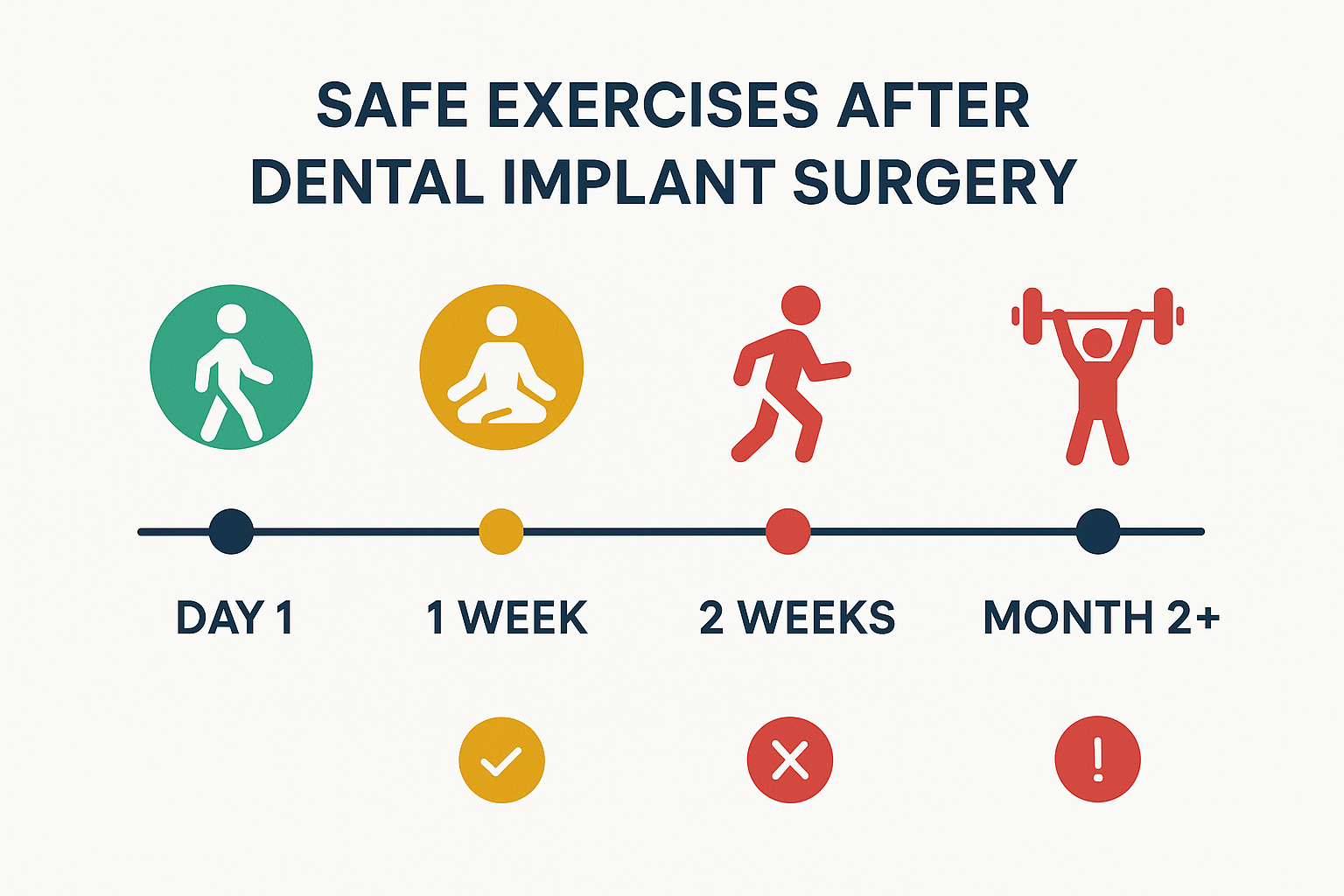
Why does exercise matter so much after dental implant surgery? The answer lies in how physical activity affects your cardiovascular system and healing tissues.
When you exercise, several physiological changes occur that can impact your recovery:
- Increased blood pressure can cause bleeding at the implant site
- Elevated heart rate may disrupt newly formed blood clots
- Heavy breathing through the mouth can dry out the surgical area
- Sweating can introduce bacteria to the healing site
- Physical impact or jarring movements risk direct trauma to the implant
Research shows that patients who follow proper exercise guidelines after dental implant surgery have significantly higher success rates and fewer complications. Your implant needs time to establish its initial stability before being subjected to the increased blood flow and pressure that comes with vigorous exercise.
Safe Exercise Activities During Early Recovery
The first week after your dental implant surgery doesn’t mean you need to become a couch potato. In fact, gentle movement can actually promote healing by improving circulation and reducing the risk of blood clots elsewhere in your body.
Days 1-3: Ultra-Light Activity 🚶♀️
Walking is your best friend during this period. A gentle 5-10 minute stroll around your neighborhood can help maintain circulation without putting stress on your healing implant. Keep your head elevated and avoid bending over to pick things up.
Deep breathing exercises can help manage any anxiety about your recovery while promoting relaxation. Just remember to breathe through your nose rather than your mouth to avoid drying out the surgical site.
Days 4-7: Gradual Introduction 🧘♀️
As you move into the second half of your first week, you can begin incorporating:
- Gentle stretching (avoiding inversions or positions that put your head below your heart)
- Light yoga (skip hot yoga and intense flows)
- Leisurely walking for up to 20-30 minutes
- Basic household activities (but let others handle the heavy lifting)
The key during this phase is listening to your body. If you experience any increased swelling, bleeding, or throbbing at the implant site, it’s your body’s way of saying “slow down.”
Exercise Activities to Avoid After Dental Implant Surgery
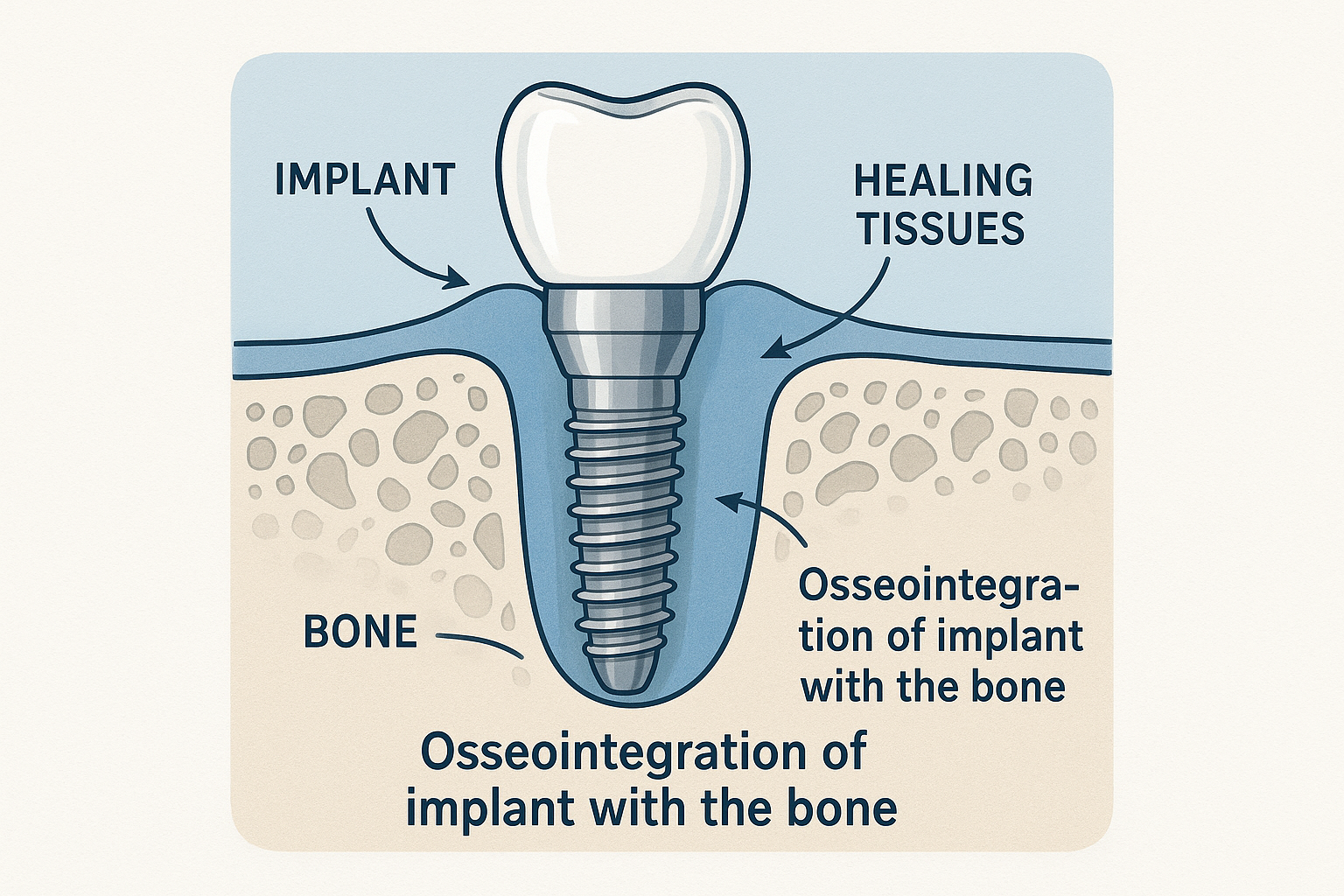
Understanding what not to do is just as important as knowing what’s safe. Certain activities pose specific risks to your healing implants and should be avoided during the initial recovery period.
High-Impact and Contact Sports ⚠️
Basketball, soccer, football, and martial arts should be off-limits for at least 2-3 weeks. These activities carry a high risk of facial impact that could damage your implant or disrupt the healing process. Even after you’re cleared to return, consider investing in a custom mouthguard to protect your investment.
Intense Cardiovascular Exercise 💓
Running, spinning, HIIT workouts, and intense aerobics significantly elevate your heart rate and blood pressure. During the first 1-2 weeks, this increased pressure can cause bleeding at the implant site and potentially dislodge blood clots essential for proper healing.
Heavy Weightlifting and Resistance Training 🏋️♂️
Lifting heavy weights causes you to strain and hold your breath, creating pressure that can affect your healing implant site. The general rule is to avoid lifting anything heavier than 10-15 pounds for the first week, then gradually increase as your healing progresses.
Swimming and Water Activities 🏊♀️
Swimming pools, hot tubs, and natural bodies of water should be avoided for at least one week. These environments can introduce bacteria to your healing implant site, increasing the risk of infection. The chlorine in pools can also irritate healing tissues.
Week-by-Week Exercise Progression Guide
Your return to full activity should be gradual and systematic. Here’s how to safely progress your exercise routine while ensuring optimal healing of your dental implants.
Week 1: Foundation Phase
Days 1-3: Rest is your primary activity. Gentle walking for 5-10 minutes, basic hygiene, and light household tasks only.
Days 4-7: Increase walking to 15-20 minutes. Add gentle stretching and basic yoga poses (avoiding inversions). Light housework is acceptable, but avoid lifting anything over 10 pounds.
Signs to watch for: Any increase in swelling, bleeding, or pain should prompt you to reduce activity and contact your dental team.
Week 2: Gradual Re-engagement
If your one-week follow-up appointment shows good healing progress, you can begin introducing more activity:
- Light jogging for short distances (start with 10-15 minutes)
- Moderate gym workouts at 50% of your usual intensity
- Cycling on flat terrain or stationary bikes
- Swimming in clean, chlorinated pools (if your dentist approves)
Important: Still avoid heavy lifting, contact sports, and any activity that causes strain or breath-holding.
Week 3-4: Approaching Normal
Most patients can return to approximately 80% of their normal exercise routine by week three, assuming healing is progressing well:
- Regular cardio workouts at moderate intensity
- Weight training with lighter weights and higher repetitions
- Group fitness classes (avoiding high-impact moves)
- Recreational sports without contact elements
Month 2 and Beyond: Full Clearance
After your 6-8 week follow-up appointment, most patients receive clearance for full activity. However, always protect your implants with:
- Custom mouthguards for contact sports
- Proper hydration to maintain oral health
- Regular dental check-ups to monitor implant health
Warning Signs to Stop Exercise Immediately
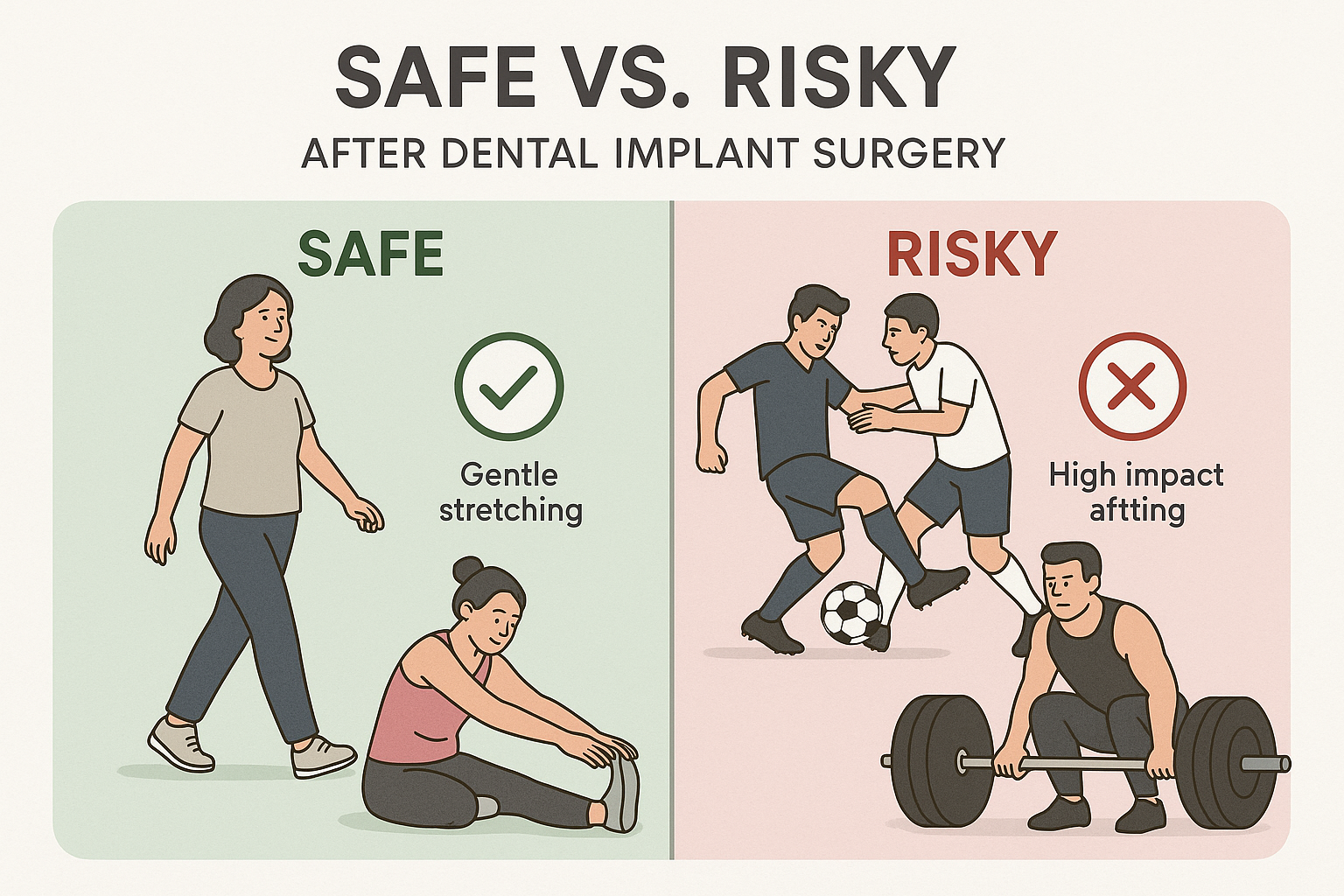
Your body will communicate with you during the healing process. Recognizing these warning signs can prevent complications and ensure your implants heal successfully.
Immediate Red Flags 🚨
Stop all activity and contact your dental team immediately if you experience:
- Heavy bleeding that doesn’t stop with gentle pressure
- Severe, increasing pain that isn’t controlled by prescribed medication
- Significant swelling that worsens after the first 48 hours
- Fever above 101°F (38.3°C)
- Pus or unusual discharge from the implant site
Caution Signs 🟡
Reduce activity intensity and monitor closely if you notice:
- Mild bleeding during or after exercise
- Increased throbbing at the implant site
- Unusual fatigue or dizziness during activity
- Swelling that returns after initial improvement
Remember, it’s always better to be cautious and heal properly than to rush back and risk complications that could affect your implant’s long-term success.
Special Considerations for Different Types of Implant Procedures
Not all dental implant procedures are the same, and your exercise restrictions may vary depending on the specific treatment you received.
Single Tooth Implants
Single implant procedures typically have the most straightforward recovery. Most patients can return to light exercise within 3-5 days and normal activity within 1-2 weeks, assuming no complications arise.
Multiple Implants or Full Mouth Reconstruction
If you’ve undergone full mouth dental implants or permanent teeth in a day procedures, your recovery timeline may be extended. These more extensive procedures often require:
- 2-3 weeks before returning to moderate exercise
- 4-6 weeks before full activity clearance
- More frequent follow-up appointments to monitor healing
Bone Grafting Procedures
If your implant procedure included bone grafting, expect a longer recovery period. The grafted bone needs additional time to integrate, which may extend your exercise restrictions by 1-2 weeks.
Sinus Lift Procedures
Upper implants with sinus lifts require special consideration. Avoid any activity that creates pressure in your sinuses, including:
- Blowing your nose forcefully
- Sneezing with your mouth closed
- Flying for the first week
- Scuba diving for at least 6 weeks
Nutrition and Hydration for Active Recovery
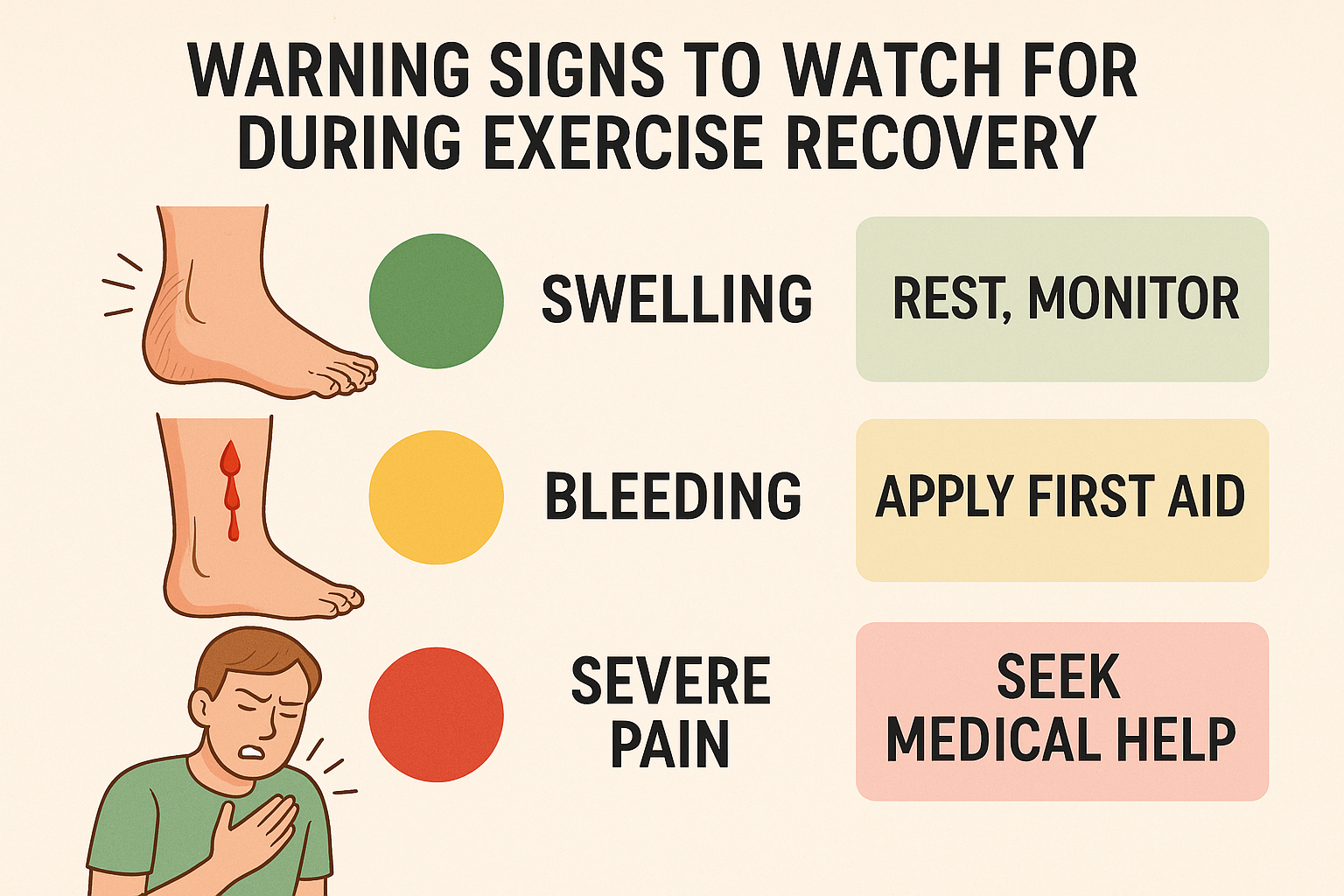
Your nutritional choices during recovery can significantly impact both your healing and your ability to return to exercise safely.
Hydration is Key 💧
Proper hydration supports healing and helps maintain the moist environment your implant site needs. Aim for:
- 8-10 glasses of water daily
- Avoid straws for the first week (suction can disrupt clots)
- Room temperature or cool liquids (avoid very hot beverages)
Healing-Supportive Foods
Focus on nutrient-dense foods that promote healing:
- Protein-rich foods like eggs, fish, and Greek yogurt support tissue repair
- Vitamin C sources such as berries and citrus fruits aid collagen formation
- Calcium and vitamin D from dairy products support bone health
- Anti-inflammatory foods like leafy greens and fatty fish reduce swelling
Pre and Post-Exercise Nutrition
When you do return to exercise, proper fueling becomes even more important:
- Eat a light meal 2-3 hours before exercising
- Choose soft, easy-to-chew foods immediately post-workout
- Avoid crunchy or hard foods that could irritate the implant site
- Rinse gently with water after exercise to remove bacteria
Long-Term Exercise Considerations with Dental Implants
Once your implants have fully healed and integrated, you can enjoy virtually unlimited activity. However, some long-term considerations will help protect your investment and ensure lasting success.
Protecting Your Investment 🛡️
Custom mouthguards are essential for contact sports and activities with fall risk. Unlike over-the-counter options, custom guards from your Dallas dental team provide optimal protection while maintaining comfort and breathing ability.
Ongoing Oral Hygiene
Active lifestyles can impact oral health in unique ways:
- Rinse with water after sweating heavily to remove bacteria
- Pack travel oral hygiene kits for gym bags and sports equipment
- Schedule regular cleanings every 3-6 months to maintain implant health
- Monitor for signs of grinding if you’re under training stress
Activity-Specific Considerations
Different sports and activities may require specific adaptations:
Swimming: Use nose clips if you have upper implants and are prone to sinus issues.
High-altitude activities: Be aware that pressure changes can affect healing implants in the first few months.
Endurance sports: Maintain extra attention to hydration and electrolyte balance, as dehydration can impact oral health.
Creating Your Personal Exercise Recovery Plan

Every patient’s recovery journey is unique. Working with your dental team to create a personalized exercise plan ensures the best outcomes for your specific situation.
Factors That Influence Your Timeline
Several factors may affect your individual recovery timeline:
- Overall health and fitness level before surgery
- Age and healing capacity
- Number and location of implants
- Presence of complications like infection or delayed healing
- Compliance with post-operative instructions
Communication with Your Dental Team
Open communication with your dental professionals is crucial. Be sure to discuss:
- Your typical exercise routine and fitness goals
- Any competitive events or races you have planned
- Specific sports or activities you’re eager to return to
- Any concerns or questions about your recovery progress
Your dental implant team can provide personalized guidance based on your healing progress and individual risk factors.
Monitoring Your Progress
Keep track of your recovery with a simple journal noting:
- Daily activity levels and how you feel afterward
- Any symptoms like swelling, pain, or bleeding
- Sleep quality and energy levels
- Questions or concerns to discuss at follow-up appointments
When to Seek Professional Guidance
While this guide provides comprehensive information about exercise after dental implants, your individual situation may require personalized advice. Don’t hesitate to contact your dental team if you have questions or concerns about your recovery.
Routine Check-ins
Scheduled follow-up appointments are crucial for monitoring your healing progress and adjusting your activity recommendations. These typically occur at:
- 1 week post-surgery
- 2-3 weeks for progress evaluation
- 6-8 weeks for healing assessment
- 3-6 months for long-term integration monitoring
Emergency Situations
Contact your dental team immediately if you experience:
- Severe pain not controlled by prescribed medications
- Heavy bleeding that persists despite following care instructions
- Signs of infection such as fever, pus, or increasing swelling
- Implant mobility or feeling that something is “loose”
Remember, your dental team is your partner in ensuring the long-term success of your implants. They want you to return to all the activities you love safely and successfully.
Conclusion: Your Path Back to an Active Lifestyle
Returning to exercise after dental implants doesn’t have to be complicated or stressful. By following a gradual, systematic approach and listening to your body’s signals, you can safely resume all your favorite activities while ensuring your implants heal properly and provide decades of confident smiles.
Remember these key principles:
✅ Start slowly and progress gradually
✅ Listen to your body and respect its healing timeline
✅ Communicate openly with your dental team about your goals and concerns
✅ Protect your investment with proper oral hygiene and protective gear
✅ Stay patient – proper healing now means lifelong success
Your journey to a confident smile through dental implants is an investment in your overall quality of life. By taking the right approach to exercise during recovery, you’re setting yourself up for success both in the gym and in your daily life.
Ready to take the next step in your dental implant journey? Your Dallas dental team is here to guide you through every phase of recovery and help you return to the active lifestyle you love. Your smile deserves expert care, and we make it stress-free.

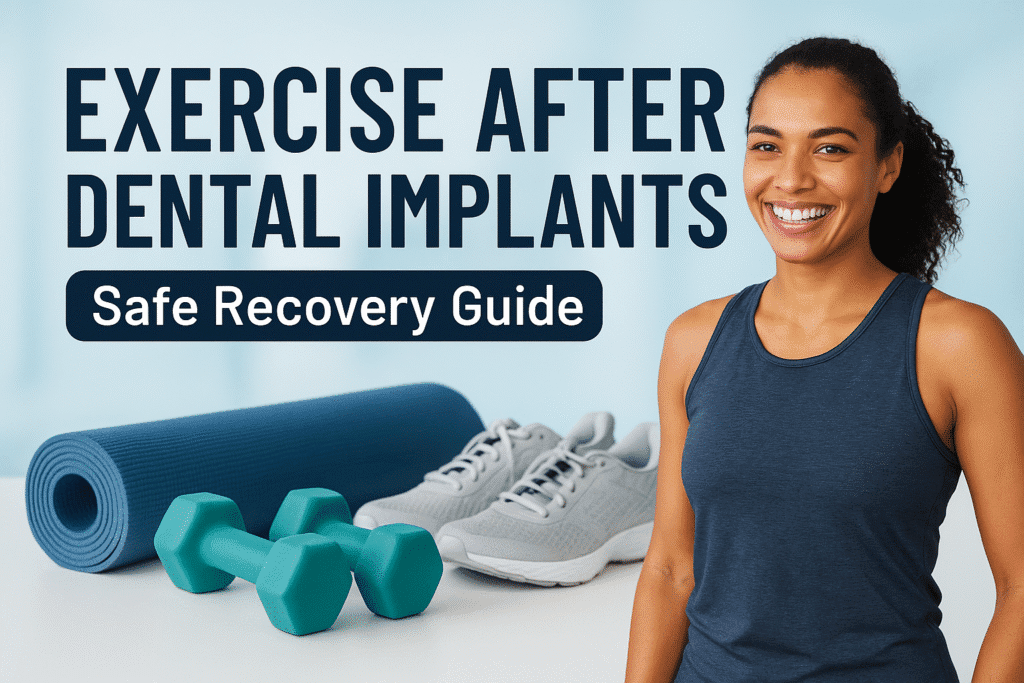
Leave a Reply
Share your thoughts or ask a question about dental implants. Your email address will not be published.